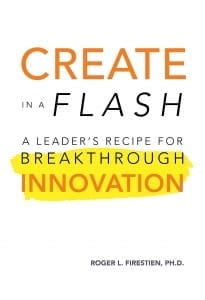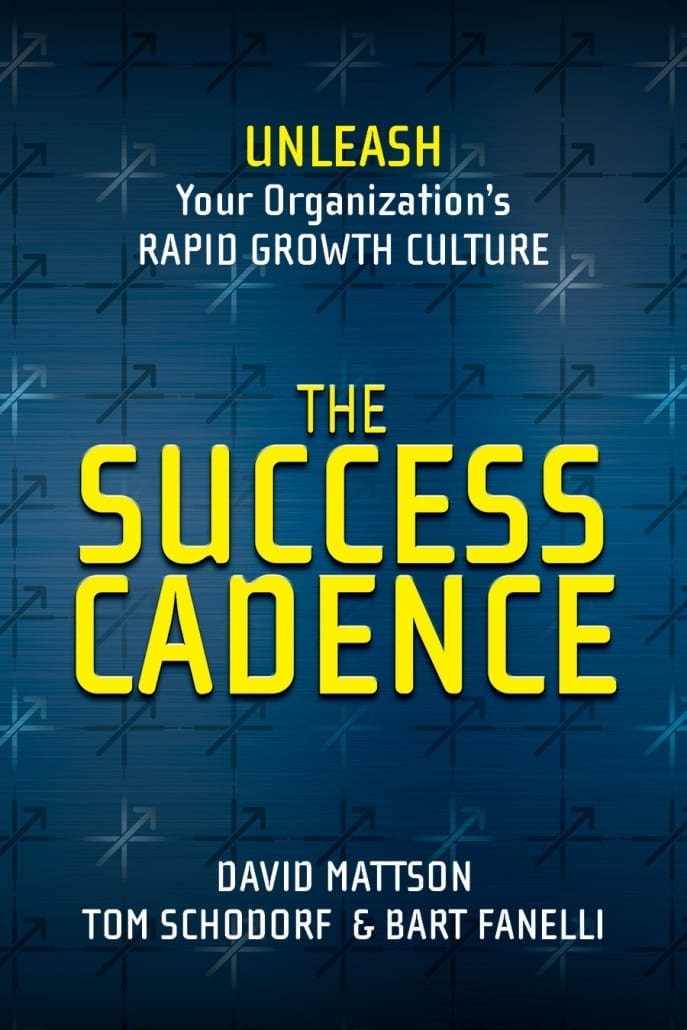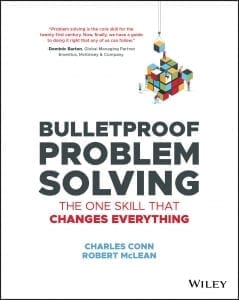Have You Found The Right Idea For Your Business?

And coming up with the perfect idea – viable enough to put down on a business plan for an investor to look over, and clear enough to follow through when you’ve established yourself – doesn’t just happen overnight. There’s some things you’ve got to do first, before anything else.
So, without further ado, here are those exact things. If you’re sitting there with a business concept in mind, make sure you get these out of the way before you try anything else.
Target the Market
The market you want to sell to needs to be the first thing you come up with and get your eye on. If you’ve got a product idea, it’ll mean nothing until you find out whether or not people will want to buy it – and no, there’s not a gap for every single half baked idea an entrepreneur has ever come up with!
You’ll need to look into the people who might want to buy what you’re selling; their age, their schedules, their price ranges, and even their generational shopping habits. A lot of previous research has gone into these, so you won’t have to start from scratch either.
Mingle with the Professionals
You’ll want to get a bit of one on one time with the people who know what they’re talking about. Before you fully set out in your business venture, talking to the people who have been and gone before you is a great way to get to know the scene, and just how long it might take for you to reach the same level of success.
For example, if you’re planning to start an online only business, you’re going to be relying solely on the income driven through your website. That means you’ll want to talk to an ecommerce business consultant; someone who knows what it’s like to sell online, and how fast rates, prices, and demand can change.
Are You OK on Your Own?
You might be of the mind to run your business entirely on your own; it’s a micro venture, or it might just be a small home run operation. But when you think about it, no business is set up entirely on its own – no one is really a self made person.
A lot of us have to rely on the experience and labor of other people, especially in the early stages of a small business. And if you’ve already got quite a tight schedule, some serious rearranging might need to be done.
Finding the right idea for your business takes time, so don’t try to rush this stage of the process. A lot of work lies ahead, and it’ll require full attention.



 Over the years, I’ve worked with a number of founders, CEOs, and presidents of companies. Often, these executives are a part of my network. I have noticed that their story consistently repeats itself: their organizations are underperforming, and they want to discuss ways to optimize, share ideas and collaborate on experience that could help set up a plan to turn that situation around. These executives tell me frankly that they don’t have the revenue stream, the market share, or the margins their products and services deserve. They’re not sure what the problem or solution is. A common challenge is that they have not hired the level of skill necessary on the sales team. Very often, though, I find that there is another, related obstacle to their company achieving at its full potential, one that all too common goes unnoticed. I call this obstacle The Disconnect.
Over the years, I’ve worked with a number of founders, CEOs, and presidents of companies. Often, these executives are a part of my network. I have noticed that their story consistently repeats itself: their organizations are underperforming, and they want to discuss ways to optimize, share ideas and collaborate on experience that could help set up a plan to turn that situation around. These executives tell me frankly that they don’t have the revenue stream, the market share, or the margins their products and services deserve. They’re not sure what the problem or solution is. A common challenge is that they have not hired the level of skill necessary on the sales team. Very often, though, I find that there is another, related obstacle to their company achieving at its full potential, one that all too common goes unnoticed. I call this obstacle The Disconnect. Bart Fanelli is co-author, with David Mattson and Tom Schodorf, of
Bart Fanelli is co-author, with David Mattson and Tom Schodorf, of 
 Robert McLean is co-author, with Charles Conn, of
Robert McLean is co-author, with Charles Conn, of  You really can’t expect your business to get far at all without a good,
You really can’t expect your business to get far at all without a good,  Social Media
Social Media